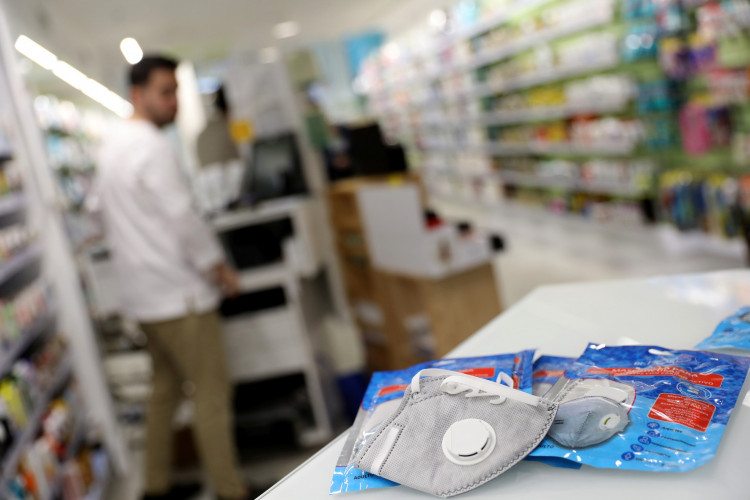The trick to avoiding coronavirus as winter approaches and as individuals spend more time indoors may be, proper ventilation.
We have been advised for months to wash our hands and keep a social distance to beat the coronavirus. Yet scientists and engineers suggest that we also need to worry about the air inside buildings that we breathe.
Here's how good ventilation matters in three ways.
Walk away if it's stuffy
There is something wrong with the ventilation when you step into a room, and the air feels stale. There is not enough fresh air, which raises the risk of coronavirus infection.
Current evidence suggests that there can be "airborne transmission" of the virus in enclosed spaces-with tiny particles of the virus remaining in the air.
Everyone should get 10 liters of fresh air per second, according to workplace regulations set up before the pandemic, and that matters more than ever today. But if a location seems stuffy, just turn around and leave.
Look up at the air-conditioning
Air conditioning is welcome on hot days, from workplaces to stores, but check the model of the unit. The simplest is a slim white box, known as a split air conditioner, placed on walls or ceilings. It sucks the air out of space, chills it, and blasts it out again. It's doing air recirculation, in other words.
For a short visit, there is no issue, but it could be a danger over a period of hours.
A study of a restaurant in China blamed the spread of the virus on this form of air conditioner. One customer was "pre-symptomatic," but he did not know it because signs had yet to occur.
Scientists estimate that as he breathed and spoke, he released the virus, and it was driven across the room by spinning air currents from the units on the wall.
The consequence was that nine more persons became infected.
Check if there's virus in the filters
There would be filters for a modern ventilation system, but these are not fool-proof.
Researchers at the Oregon Health & Science University Hospital in the U.S. found that coronavirus traces were blocked by the filters, but some got through somehow. Prof. Kevin van den Wymelenberg, who led the project, suggests that if anyone is contaminated working in a building, swabbing the filters might expose it.
A call center on the 11th floor of an office building in South Korea has seen one person infect more than 90 people. The emergence of the virus might have been spotted earlier if the filters had been tested more regularly.






